Thinking of heading to this large, personality-drenched Mediterranean island? Well here’s my rundown on the highlights from my marathon trip there.
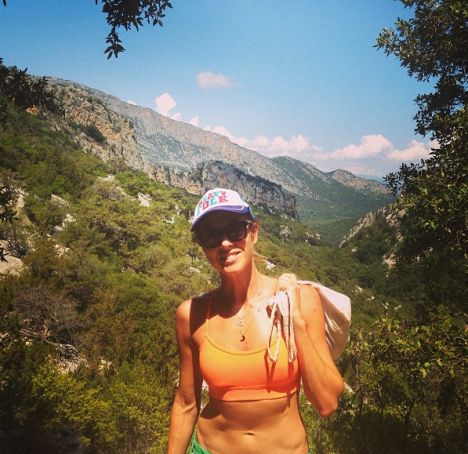
Marathon? I covered a helluva lot of what is a pretty big island, sampling the highlights, covering vast tracts by foot and bike…the rest in my little Fiat Panda…all in less than three weeks. Yep, it exhausted me. And I wouldn’t necessarily recommend doing as I did. But I know no other way. Hmmph…
But, I should kick off by saying the place is perfect for food and outdoors fans, especially anyone who likes a robust dose of uncertainty spiking their travel plans. Much like the other Blue Zone I visited – Ikaria – it’s a wild, “rustic” island with a rugged history that very much determines both the feel of the place, the outlook of the people and various longevity factors such as diet and exercise. It’s quite “untouched”, too, leaving aside the over-done Costa Smeralda in the North, much of which was developed by some Arab guy in the 1970s and is now populated by people with deck shoes and large yachts from Italy, Russia and other places where deck shoes go down well (yes, visualise this!). But beyond this glitz belt, it’s very much high adventure territory. Which is just my kind of thing.
Oh, one other thing. Travel in Sardinia is really hard to research. There are so few guides on the place and the locals haven’t got their act together on the tourism front. WiFi is hard to find. Roads are impossibly winding. Few locals, especially inland, speak English.
I kind of liked the position this forced me into – I had to explore a little blind. Which required taking each day as it came, and following my nose and the advice of random people I met along the way, rather than a mapped-out itinerary. To my mind, this is what travel is really about – seeing where happenstance leads you. It certainly led me in some rich directions.
But to my highlights. I’ll do this over two posts, so I don’t swamp you. Below is a map of where I travelled. I chose to stay on one half of the island. To be honest, even this was too much in the two and a half weeks I was there.
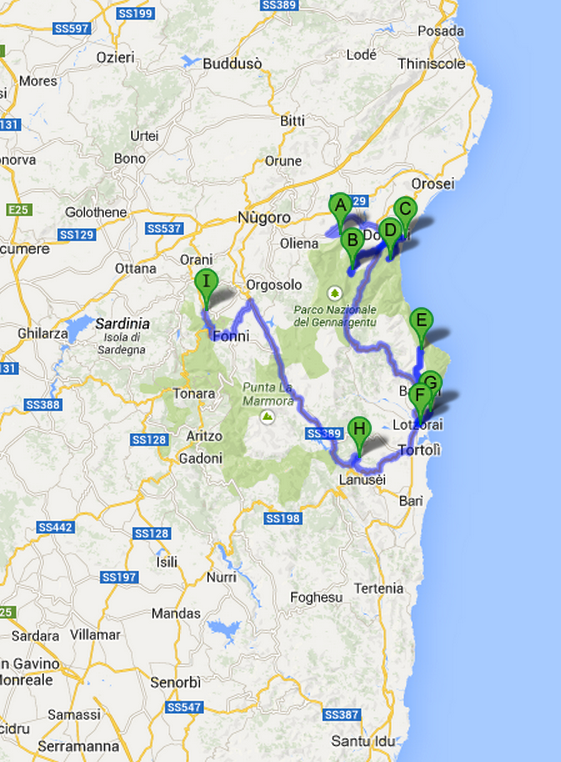
And here are the highlights from the trip.
Su Gologone
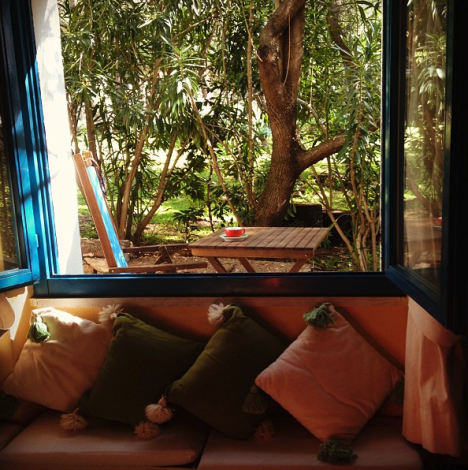
The food here is incredible and their porcheddu (suckling pig cooked over 8 hours) is meant to be the best on the island. They also do the most amazing buffet full of vegetables and pecorino and sardines and all things Sarde.
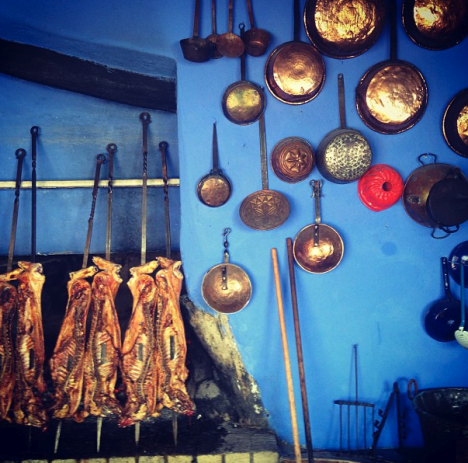
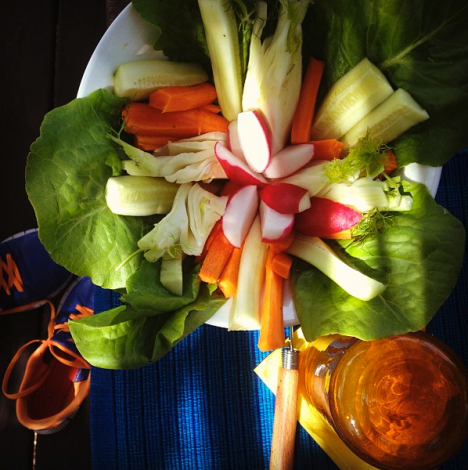
I did a hike from here up to the ancient, abandoned village of Tiscali. A phenomenal hike. This area is worth exploring, but generally you need a guide because it’s very easy to get lost. This is the case in most of Sardinia. I can attest to how easy it is to get lost. I did so several times.
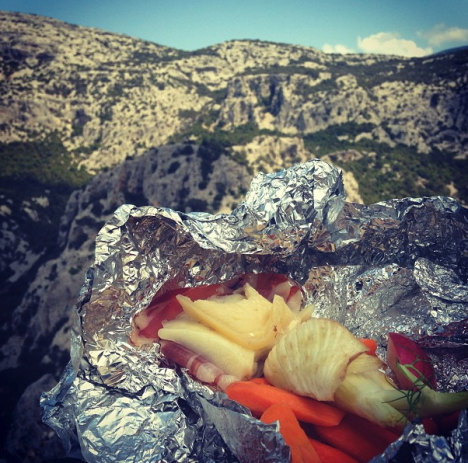
A note on Slow Food:
Slow food is about cooking and eating food that’s local and seasonal in time-honoured ways. Many places in Sardinia adhere to these practices, simply because that’s the way they’ve always done things. Most families – especially in the interior – have their own plots (sometimes a little out of the village) where they produce pigs for their porcheddu, sheep for their pecorino and grapes for their wine. On most menus they specify if a product or dish has been frozen (eg prawns or a wintery wild boar ragu).
But know this: during Summer, many places have to import suckling pigs and fish from Europe to keep up with high-season demand. Always ask where a place has got theirs before ordering.
Cala Gonone
I touched base with Nicola and his wife at adventure centre Prima Sardegna who hooked me up with a great itinerary where I rode a mountain bike up through the hills, met with a shepherd and consumed pecorino, salami, tomatoes, ricotta and give-you-hairs-on-your-chest cannonau wine from a plastic bottle at 11am, then hurtled down an unmarked ravine to the stunning Cala Luna, setting of Madonna’s film Swept Away.
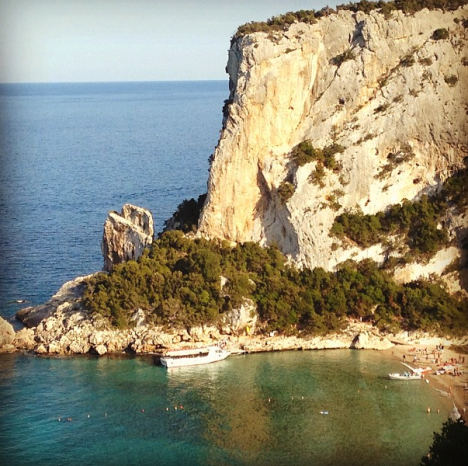
Whereupon I kayaked 7km back to the start.
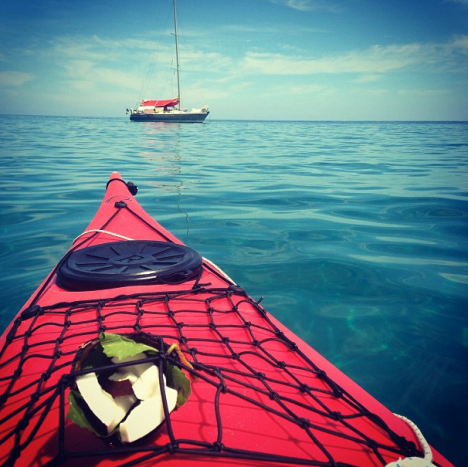
I love adventures like this… if you do, too, talk to Nicola and he’ll set you up. His wife is also very keen on food and has an opinion on the best Agriturismos in the area. Also be sure to do the hike from Cala Gonone to Cala Luna. It’s about two hours and you can catch the ferry back.
A note on Agriturismos:
These are farmhouse stays. They’re big here. Some are the real deal – a working farm where you stay in anything from a room in the farmhouse, to proper lodgings specifically set up for tourists, and you’re fed authentic food from the property. They’re a great way to do a “slow” experience…but research a little before booking. To ensure it truly is the real deal. Here are two sites that might help here and here.
Or you can go the “slow but luxurious” option. This site features a bunch of places.
Cala Goloritz
OMFG – this is the stuff all postcards should be made of. You have to hike to get here. After about 1 1/2 hours you arrive at this:
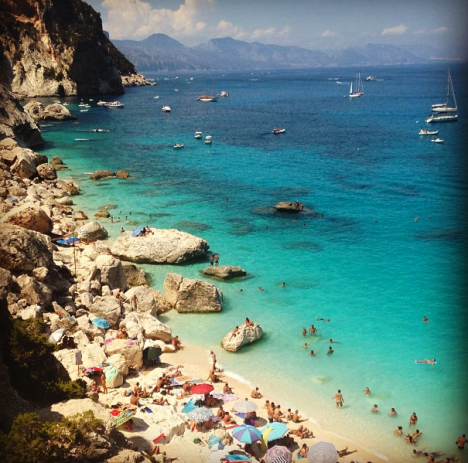
I stayed at the Lemon House which is in a depressingly dull town, but the hosts truly know everything about hiking, climbing and riding (Peter has co-written most of the guides to the island). If you can get past Peter’s “rules” (yes, there’s a sheet of them), it’s a very nurturing place to stay. Peter’s wife Anne is incredibly kind. I had a “moment” – I left with the room key in my wallet. Anne followed me two hours up into the mountains and waited for me to finish my hike (the one I got lost on). It was the most ridiculous adventure…of different parties coming together, united over my stupidity. You can read about it on my #worldwanders #sardinia Instagram feed.
Pedra Longa
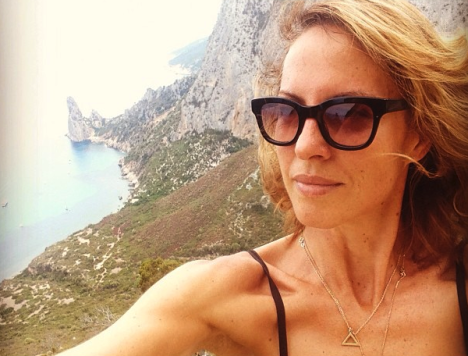
The Selvaggio Blu walk starts from here. It’s the toughest hike in Europe. I did the first day (of seven). You should do the same. And be met with wild pigs along the way. Certainly not an Italian on the track. They just don’t like to venture more than five metres from a beach.
The interior
This is where it gets interesting. From the East Coast I headed West through the wild mountainous Nuoro region, the area that’s listed as a Blue Zone. My little Fiat Panda wound me up and out and around and around. I listened to Euro pop and wondered why no one checks the lyrics for syntax.
Arzana
This is one of the towns that boasts a stack of old folk. It’s perched high in the mountains. Up top is the wonderful Ristorante La Pineta where they make gluten-free pasta and saedas (pecorina wrapped in pastry and baked, served with honey). I ate wild boar ragu. The setting was hospital-lighting stark, but full of families and about 45 minutes from The Lemon House.
Gavoi
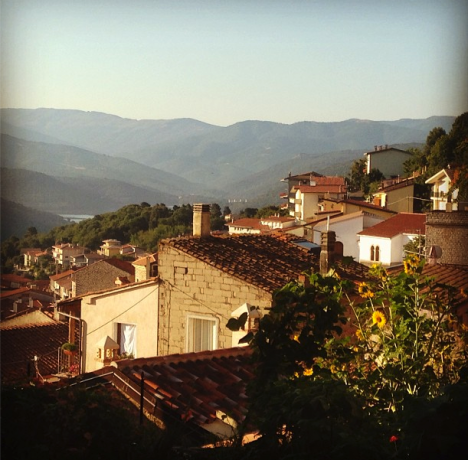
This is the prettiest little inland town. It’s absolutely spotless and has a dreamy feel to it. The highlight is the restaurant Santa Rughe run by the quirkiest folk and they run the accommodation here, too. It makes it onto the Sardinian Slow Food list which I got from one of the leaders here (more in the next post).
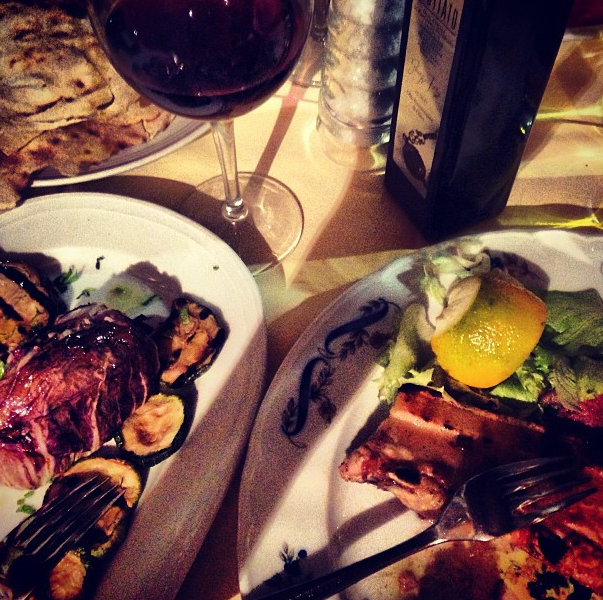
I met some wonderful lesbians from Lyon. I’ve now met 3 sets of wonderful lesbians from Lyon on my travels. They’d opened their shutters after siesta, saw me hovering in the street aimlessly (I was literally pausing without purpose for a moment, staring up at their room) and they invited me to join them for dinner. We ate a plate of pecorino after dinner and they shared stories of their search for the perfect Sardinian embroidery souvenir.
OK. That’s enough for now. It brings me to half-way through my trip. The next post covers the West coast and the North, and a great bike ride. Feel free to flag this post on Instapaper or whatever you use for your next holiday planning session.
You been to Sardinia? Or got some questions? Happy to help…post below…

